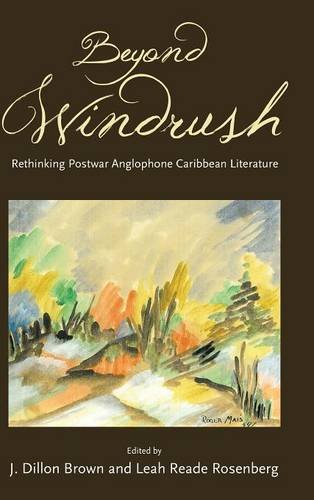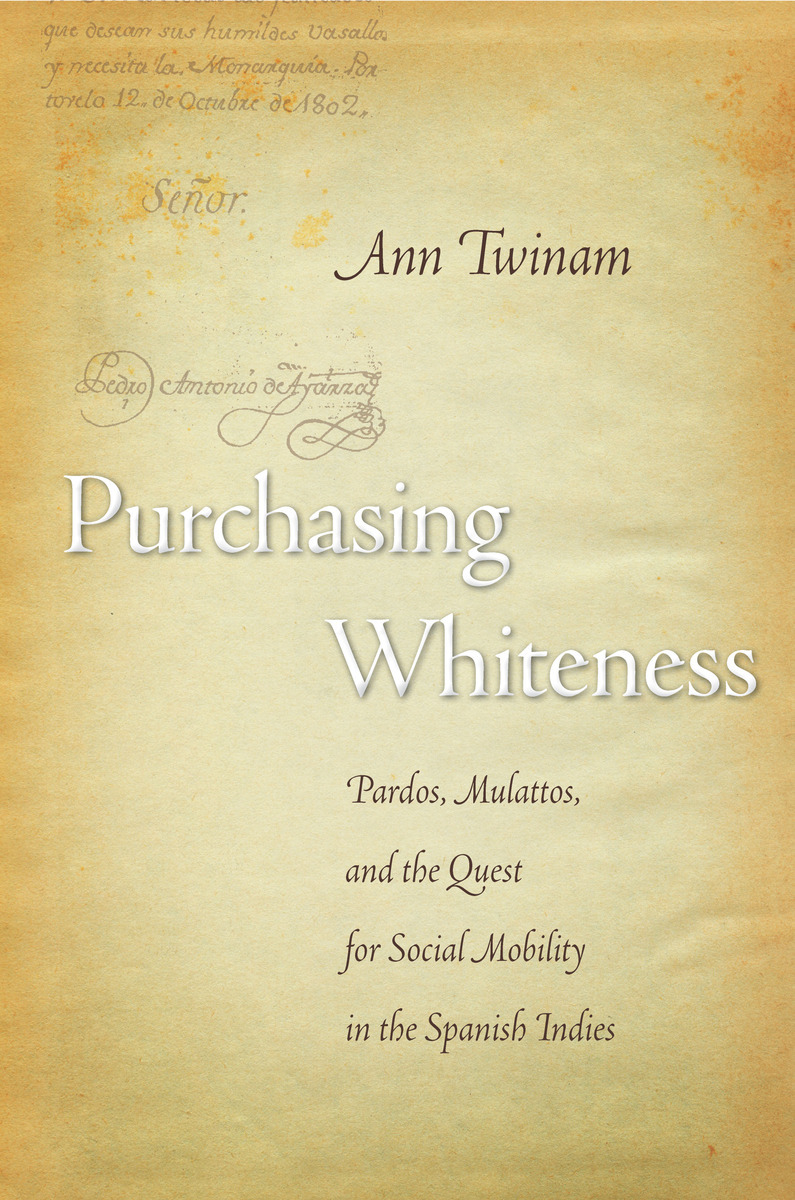Pocahontas’ tribe, the Pamunkey of Virginia, finally recognized by U.S.Posted in Articles, History, Media Archive, Native Americans/First Nation, Politics/Public Policy, United States, Virginia on 2015-08-03 00:47Z by Steven |
Pocahontas’ tribe, the Pamunkey of Virginia, finally recognized by U.S.
The Los Angeles Times
2015-08-02
Mikayla Deacy, 4, swims with her dog Dakota in the Pamunkey River. As a member of the tribe, Mikayla will be eligible for scholarships and other benefits now that the Pamunkey have received federal recognition. (Carolyn Cole / Los Angeles Times) |
The tidal river that surrounds this spit of scrubby land has long functioned like a moat that rises and falls through the day..
A single road connects the reservation’s sycamore, poplars and modest houses with miles of cornfields that separate the tribe from large retail stores and suburban office parks of eastern Virginia.
The Pamunkey have lived on and around these 1,200 acres for centuries, since before their most famous ancestor, Pocahontas, made contact with English colonists in 1607.
“We call this downtown Pamunkey,” said Kim Cook, the 50-year-old granddaughter of Chief Tecumseh Deerfoot Cook.
She smiled. The only noise came from birds chirping among the pines by the old fishing shanties. The only action came when a cousin stopped by to relieve Cook’s 8-year-old son, River Ottigney Cook, of his boredom by taking him on a boat ride…
…Despite that, the tribe long had laws discouraging intermarriage. Marrying anyone who was not white or Indian was forbidden. Women who married whites could not live on the reservation, though men who had white wives could.
It was not until 2012 that tribal leaders fully reversed those laws and allowed women to vote and serve on the tribal council for the first time. (There had been female chiefs into the 18th century.)
The issue threatened the tribe’s federal acknowledgment, drawing opposition from members of the Congressional Black Caucus.
Tribal leaders said the laws pertaining to African Americans were a reflection of Virginia’s racist past that included a ban on interracial marriages — context also noted in the Bureau of Indian Affairs’ acknowledgment report — and were in part a defense against losing their status as a state tribe and being stripped of their land amid racial purity laws…
Read the entire article here.





